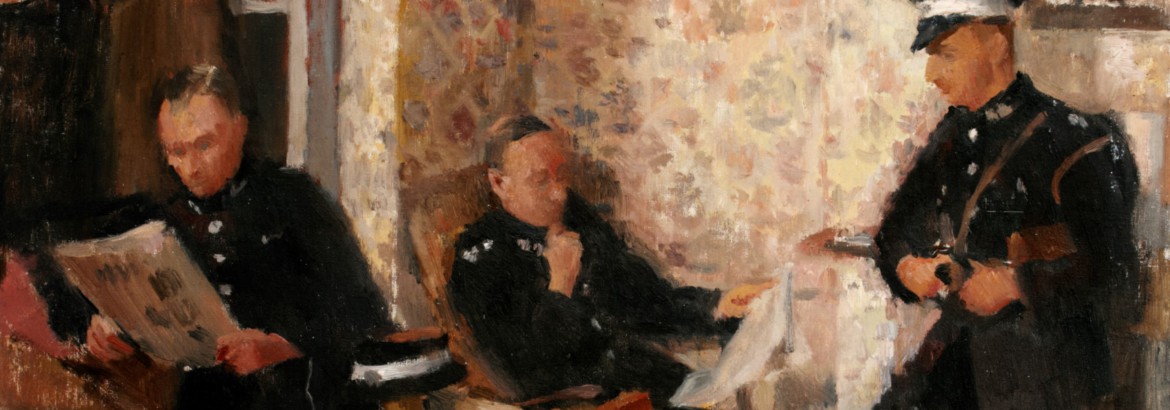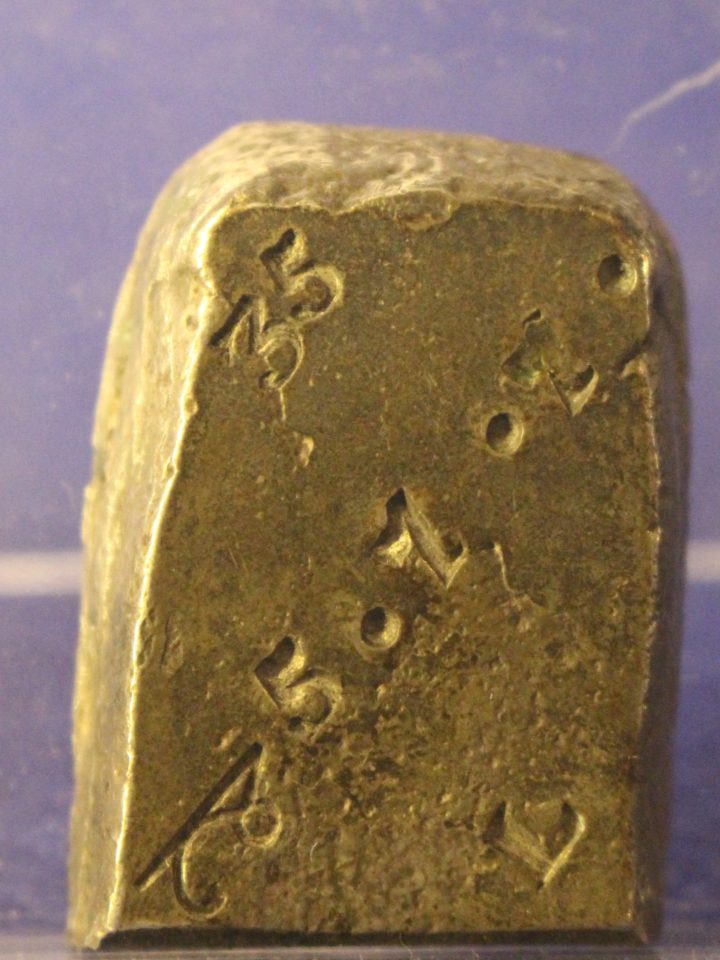Only seven Silver Siege Ingots are known to exist. We are lucky to have two of them in our collection. These small objects provide a fascinating glimpse into life on Malta after the French invasion of 1798.
Napoleon attacked Malta on route to Egypt. The strategic location of the island, situated in the middle of the Mediterranean was particularly appealing to the General. He requested to enter the harbour on 7th June 1798 but his request was denied. Napoleon declared Valletta an enemy city, beginning a siege that lasted until 12th June when the Order surrendered.
The Order were forced to leave Malta and travelled to Trieste with their relics. Napoleon remained on the Island until the 18th June, in which time he issued several laws. These laws brought Malta’s institutions and administration in line with those recently introduced in the new French Republic.
Such dramatic change caused unrest among the religious Maltese. On 2nd September 1798, the population revolted against the French invaders and forced them into the city of Valletta.
Blockaded in Valletta, the French authorities were dealing with a coinage shortage. The British blockade on the island meant that they could not access the resources required to continue minting coins. To tackle this, they decided to manufacture ingots. Much of the Order’s treasure had been looted then quickly lost at sea during the Battle of the Nile. Consequently, the remaining precious metal on the island belonged to the Maltese. In early 1799 the French seized the gold and Silver of the Monte di Pieta, the institutional pawnbrokers, and melted it down to cast into bars.
Over 4000 silver ingots were cast in fourteen batches. Each casting is identified by letters ranging from “A” to “P” except for “I”. Our ingots both bear the letter “L”. Around 400 gold ingots were also created in a variety of weights. Two castings were made. Those from the first casting were never circulated but the second casting, which created the bulk of the ingots, all bore the letter “I”. Today, only one of these gold ingots survives, preserved in the National Collection of Malta.
All ingots were stamped with an intrinsic value in Scudi as well as the subdivisions tari and grani. Additionally, they all bear a lion rampart in an oval frame. Where the ingot had been separated from the rest of the bar, a paschal lamb was struck to prevent further clipping.
On 24th April 1799, it was declared that the ingots should be received and exchanged as money for the value ascribed to them. Refusing the ingots or giving them a lower value became an offence.
The French Occupation of the Malta ended in September 1800 with the help of the British. Malta became a British Protectorate, and in 1814 the Island officially became part of the British Empire in the Treaty of Paris.
Sources



